Celebrating a milestone of the Access to Opportunities Project

As many of you will know, one of the things that makes me really excited these days is the Access to Opportunities Project (AOP), which I started with Kaue Braga and Bernardo Serra in 2019. The AOP project has had a really productive phase between 2020 and 2022 thanks to a partnership with the Secretariat for Urban Mobility of the Brazilian Federal government (Semob). Thanks to this partnership, I was able to hire a few really talented research assistants who have made substantial contributions to expanding the reach and the impact of the AOP project.
Changing gears
The first partnership with Semob ended in 2022, and so the AOP project is now entering a new phase. For the next couple of years, we will be working with a smaller team and less focused on data collection and generation, and more on using the data and methods we have developed to conduct new studies and policy evaluations. We are going to continue our work trying to advance transport accessibility methods and we’ll do a bit more work on capacity building, helping students, researchers and policy makers to use computational methods to analyze accessibility with open source software and data.
Celebrate
I’m writing this post to register and celebrate what our team and collaborators have achieved in these amazing tree years between 2020 and 2022. I write this post knowing that my future self will be happy to look back and see some the incredible work we did with AOP during this period, despite the most horrible circumstances under COVID-19. So here’s a dropdown list with some of our main outputs:
Several data sets📊
- Annual estimates of accessibility to jobs, health, education and social protection services by transport mode 🚶♂️ 🚲 🚌 🚗 for the 20 largest cities in Brazil for the years 2017, 2018 and 2019.
- Detailed data on the spatial distribution of population and land use activities at a fine spatial resolution for all cities included in the project
- A Shiny app to explore interactive visualizations of our data in maps 🌎 and charts 📈
All data sets from AOP are available for download from the project website 🌐 or through the aopdata package in R.
6 papers published 📑
1. The impact of transit monetary costs on transport inequality
2. Geographic access to COVID-19 healthcare in Brazil using a balanced float catchment area approach
3. r5r: Rapid Realistic Routing on Multimodal Transport Networks with R5 in R
4. Urban access across the globe: an international comparison of different transport modes
5. Analisando a variabilidade de estimativas de acessibilidade por transporte público a partir de dados de GPS
6. Evaluating the impact of public transport travel time inaccuracy and variability on socio-spatial inequalities in accessibility
5 papers currently under review 📄
1. Ride-hailing and transit accessibility considering the trade-off between time and money
2. A time interval metric for cumulative opportunity accessibility
3. Racial and income inequalities in access to health in Brazilian cities
4. The equity implications of TOD in Curitiba
5. A novel route-based accessibility measure and its association with transit ridership
Plus four other manuscripts that we need to finish editing / translating to English before submitting them to journals.
1 book available in both Portuguese and English 📔
- PT Introdução à acessibilidade urbana um guia prático em R
- EN Introduction to urban accessibility: a practical guide with R
12 reports / working papers 📒
of which three focus on the assessment of governmental projects and policies. All reports are available on the project website 🌐
- Estimativas de acessibilidade a empregos e serviços públicos via transporte ativo, público e privado nas 20 maiores cidades do Brasil em 2017, 2018, 2019
- Distribuição espacial de características sociodemográficas e localização de empregos e serviços públicos das vinte maiores cidades do Brasil
- Transporte urbano e insuficiência de acesso a escolas no Brasil
- Desigualdades raciais e de renda no acesso à saúde nas cidades brasileiras
- Tendências e desigualdades da mobilidade urbana no Brasil II: Características e Padrões de Consumo da Mobilidade por Aplicativo
- Tendências e desigualdades da mobilidade urbana no Brasil I: o uso do transporte coletivo e individual
- Forma urbana e mobilidade sustentável: evidências de cidades brasileiras
- Impactos da expansão do metrô de Fortaleza sobre o acesso a oportunidades de emprego, saúde e educação
- As Condições de Acessibilidade Urbana dos Terrenos Vazios da União nos Centros Urbanos
- Mobilidade urbana e o acesso ao Sistema Único de Saúde para casos suspeitos e graves de COVID-19 nas 20 maiores cidades do Brasil
- Relatório de avaliação: Programa Minha Casa Minha Vida (PMCMV)
- Desigualdades socioespaciais de acesso a oportunidades nas cidades brasileiras, 2019
2 working papers currently in progress ✏️
- Urban mobility trends and inequalities in Brazil III: the use of active travel
- The impacts of traffic congestion on urban accessibility
7 graduate dissertations co-supervised 🎓
- 3 PhDs dissertations in progress
- 2 Masters dissertations in progress
- 2 concluded Masters dissertations
🎉 Two of our research assistants have been approved for fully funded PhDs, both of them at the University of Toronto but at different departments (Geograhy and Civil Engineering)
Outreach 📣
- A six-day capacity-building workshop teaching government officials how to run accessibility analysis in R to assess the impact of transportation projects
- Over 70 presentations for local governments, at international conferences, webinars and graduate programs
5 R packages and 1 Python package 📦 that today sum over 235K downloads
- aopdata: Data from the Access to Opportunities Project
- r5r: Rapid realistic routing on multimodal transport networks with R5
- r5py: Rapid Realistic Routing with R5 in Python
- accessibility: Transport Accessibility Metrics
- gtfstools: General Transit Feed Specification (GTFS) Editing and Analysing Tools
- gtfsio: Read and Write General Transit Feed Specification (GTFS) Files
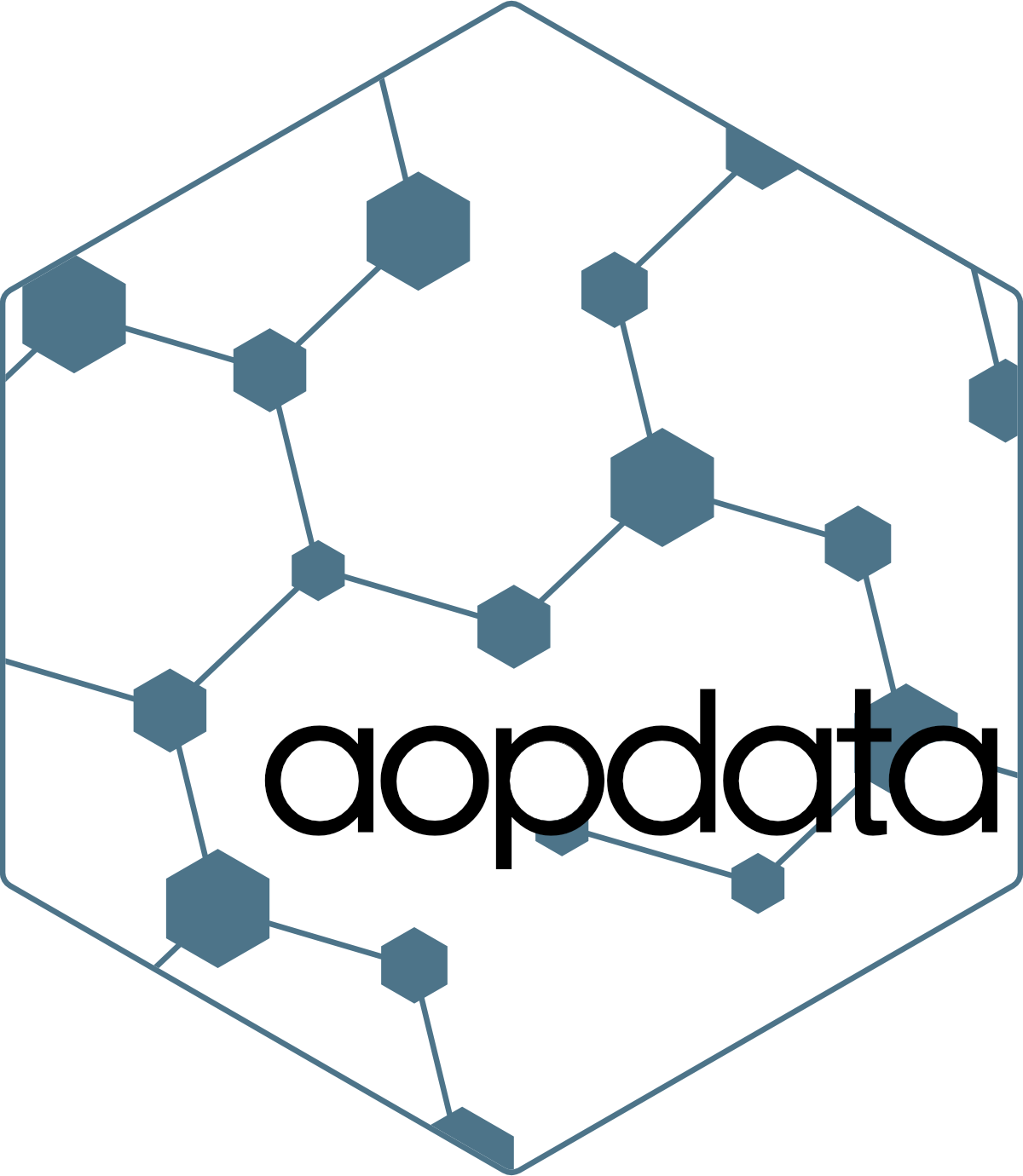 |
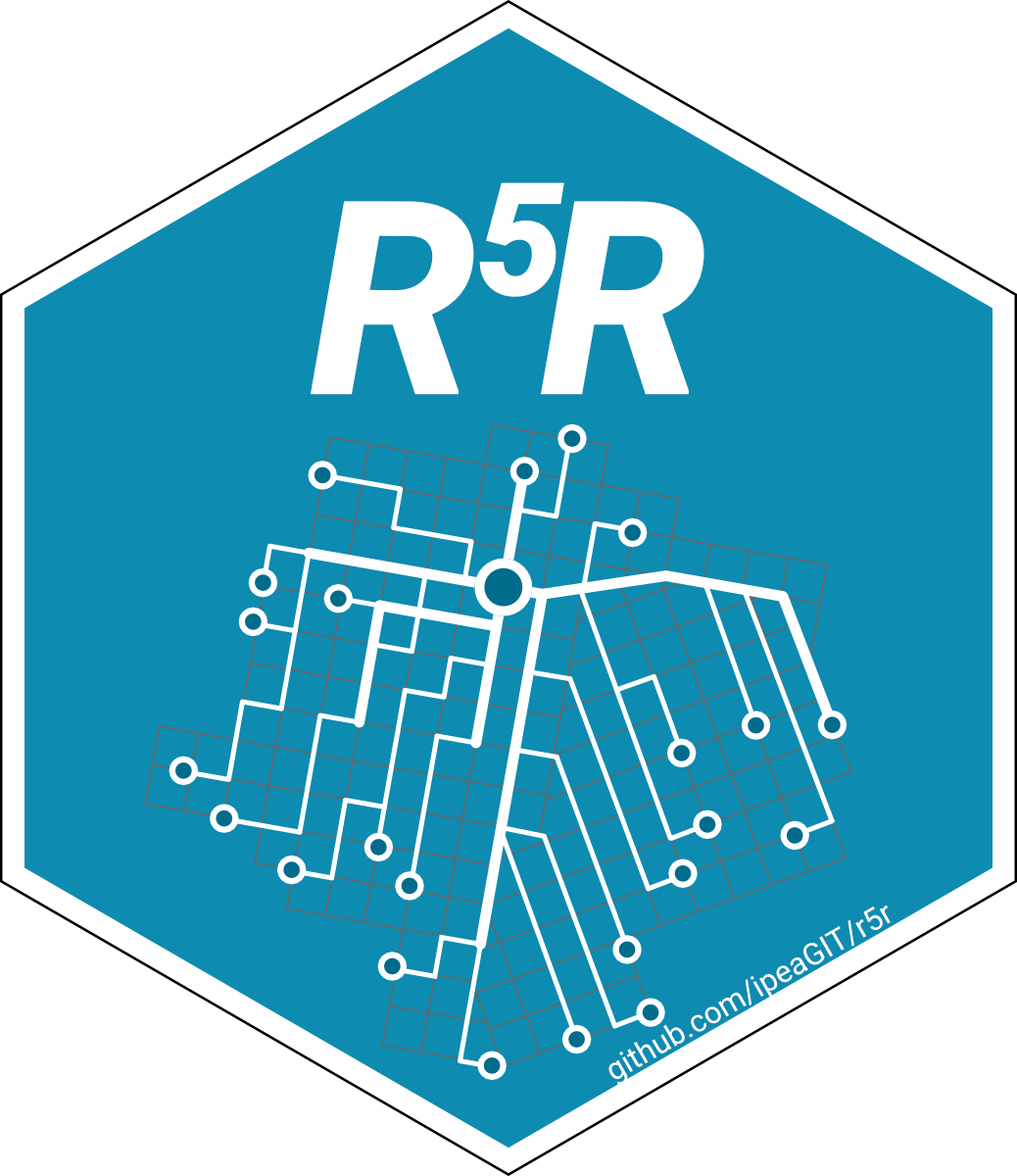 |
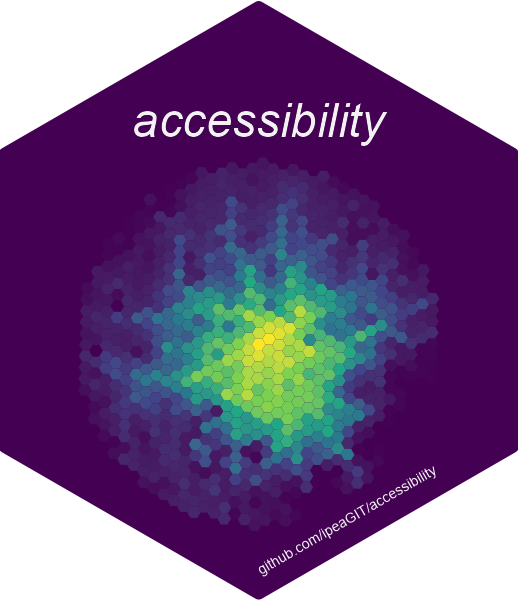 |
|---|
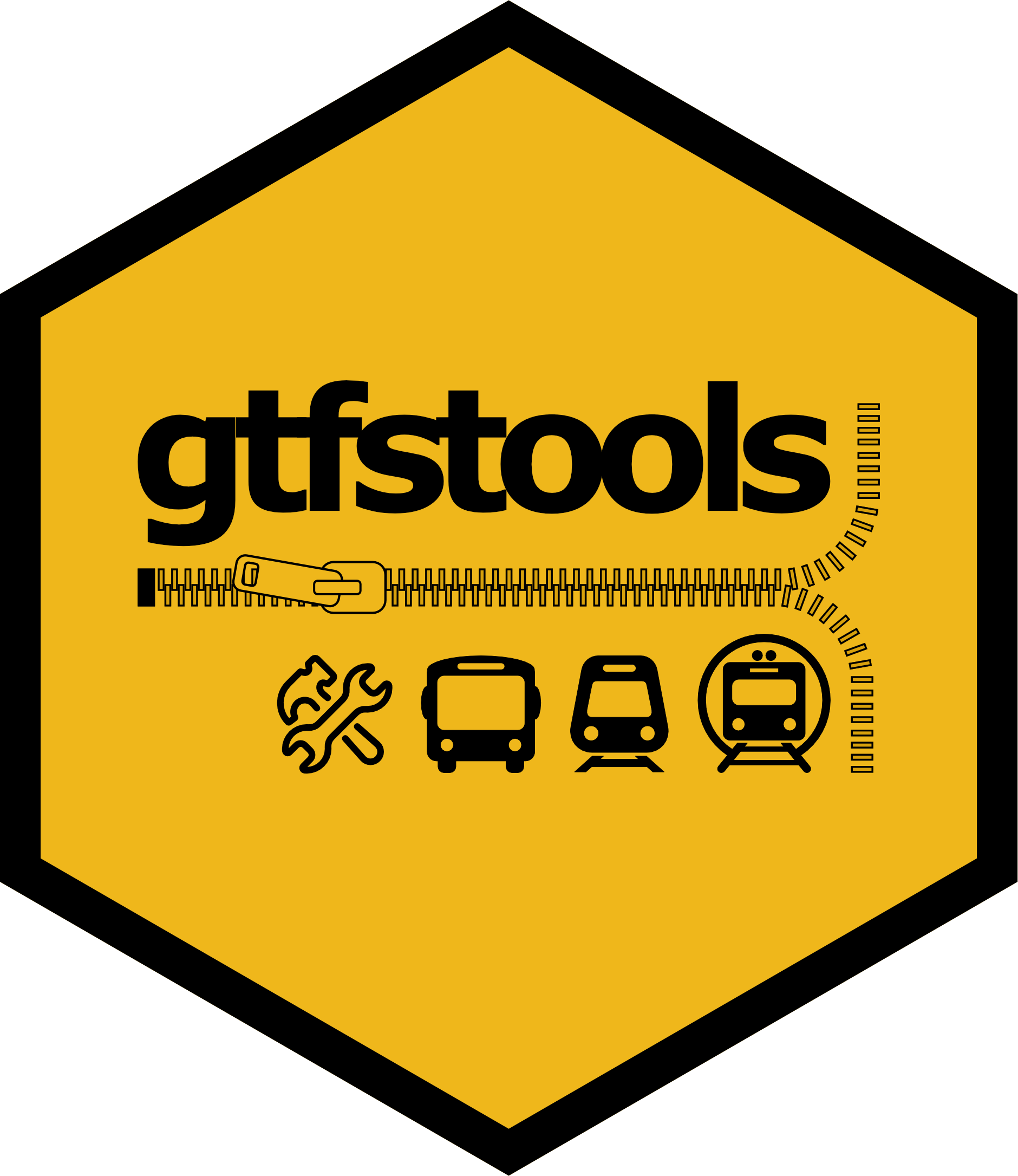 |
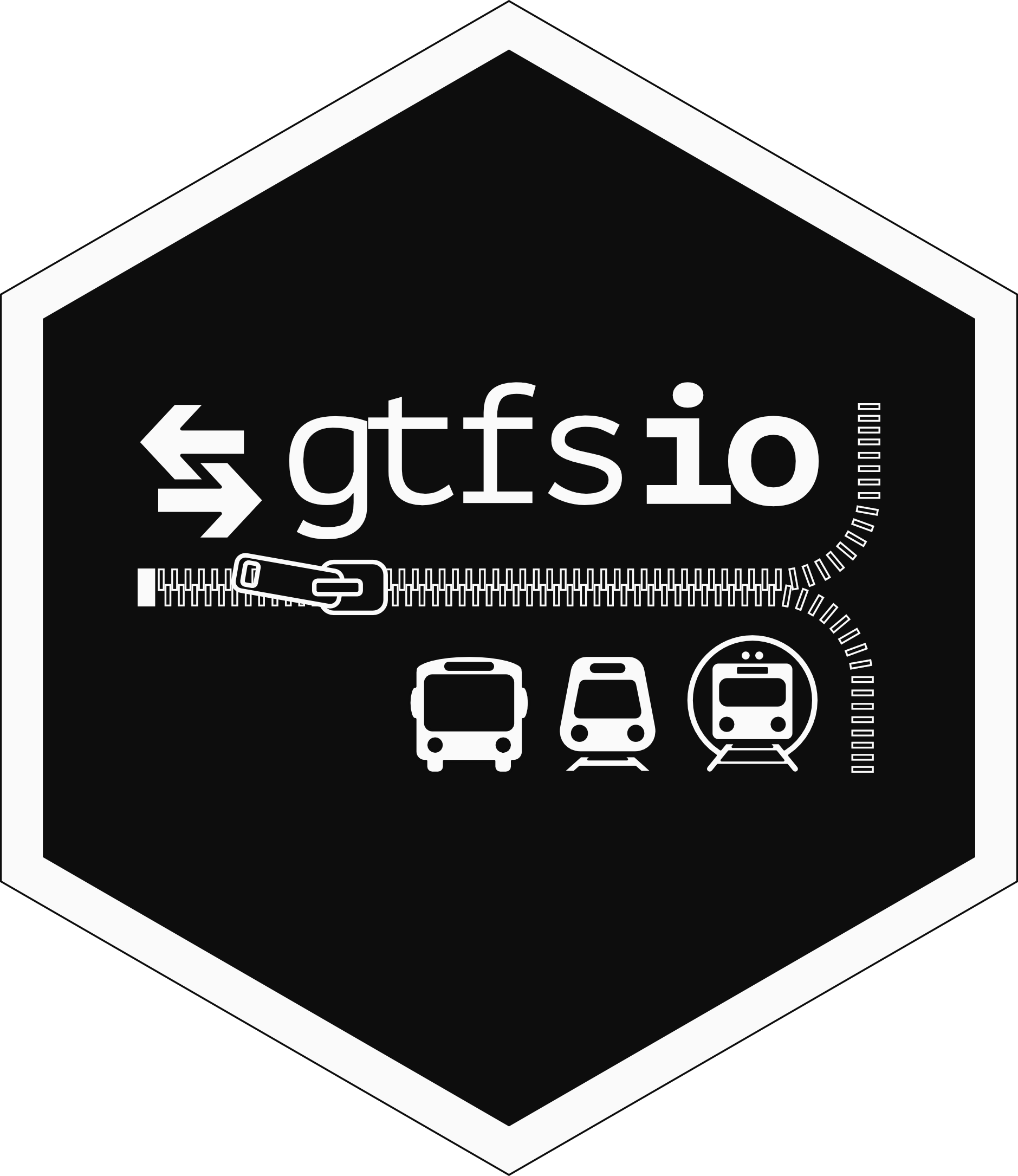 |
 |
|---|
ps. 1: These outputs have received modest 268 citations. Not bad for a short period of three years, but I like to think that this is just the tiny tip of the iceberg, and that the impact and reach of the Access to Opportunities Project run deeper than what citation metrics can tell us. I wouldn’t mind seeing citation numbers going up in the next few years though.
ps. 2: While I’m very glad to celebrate our accomplishments so far, I’m even more excited about the next steps we’re taking in our research project / agenda. Stay tuned.